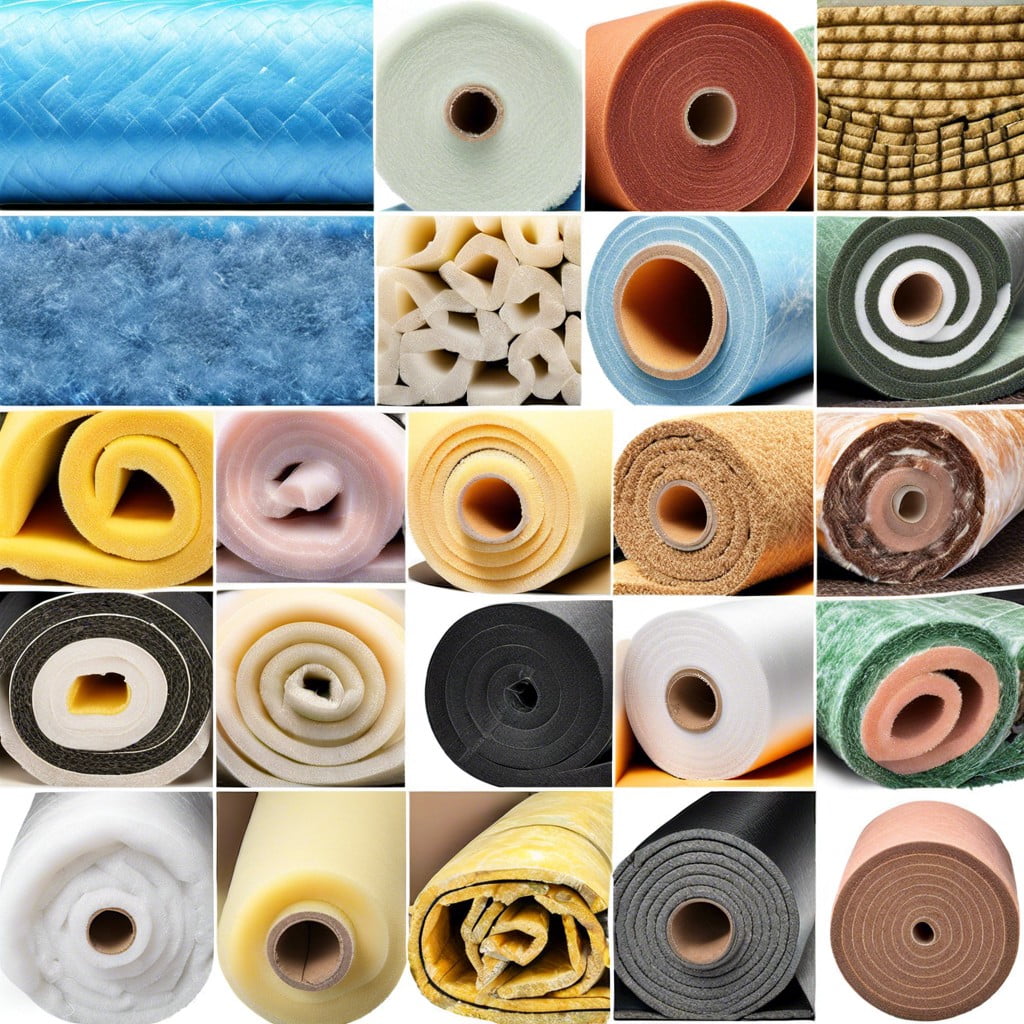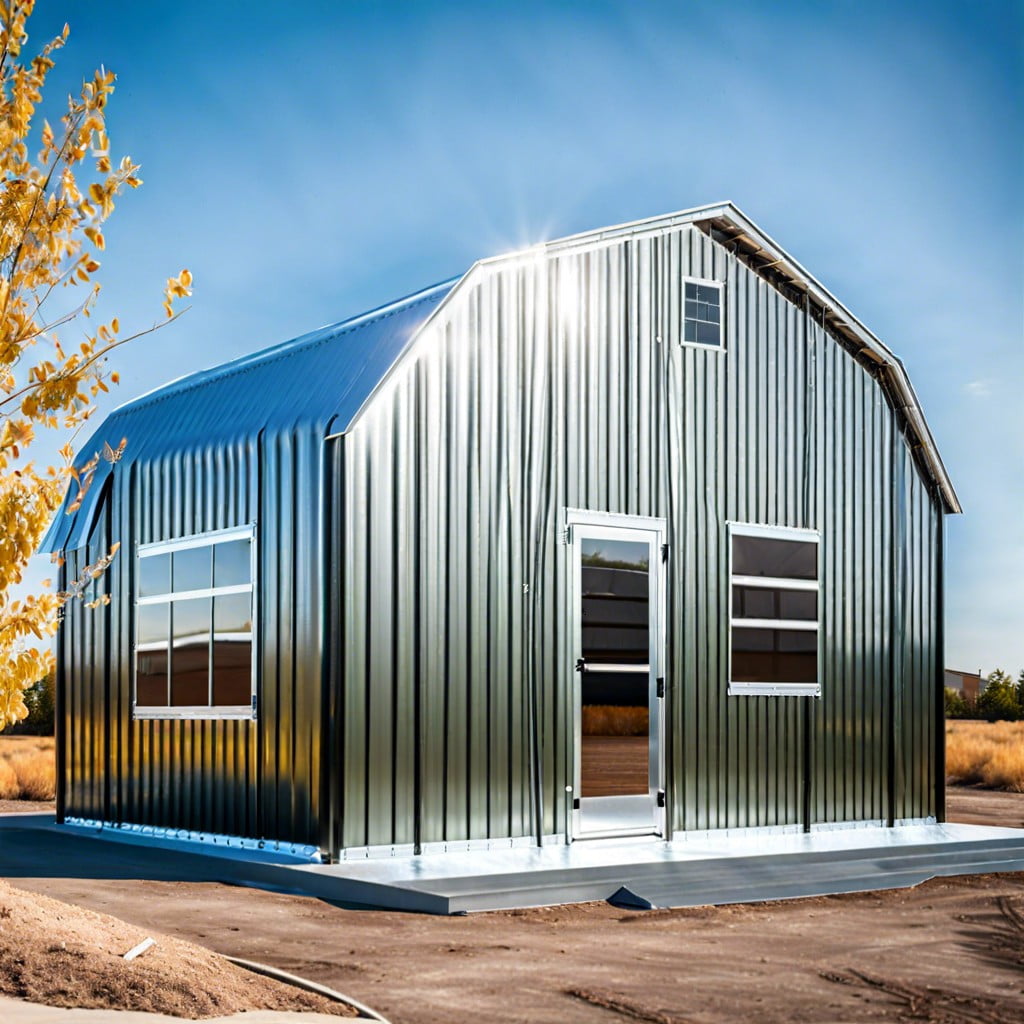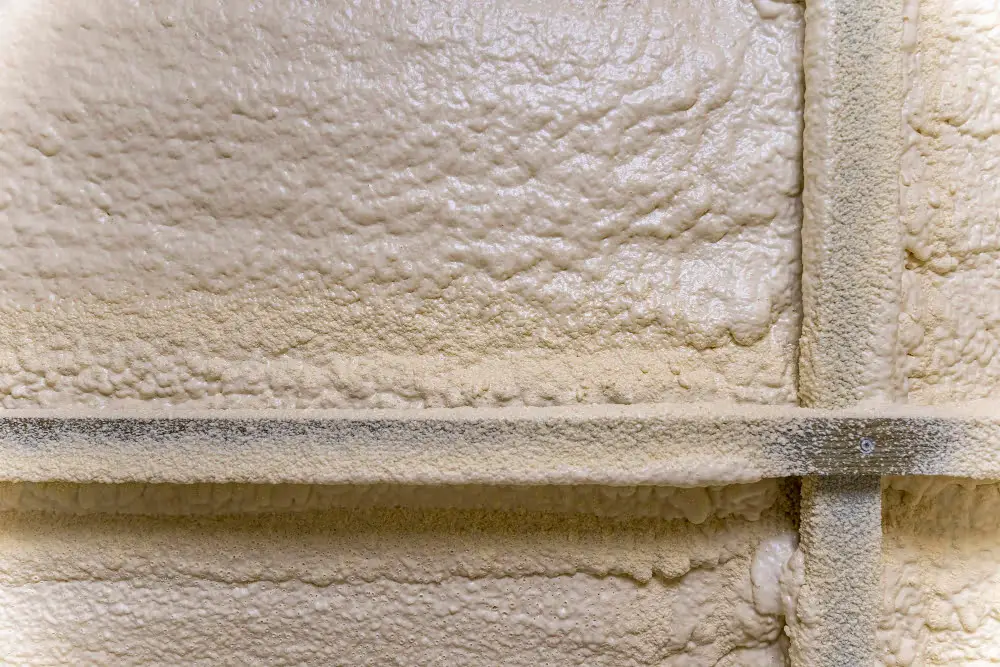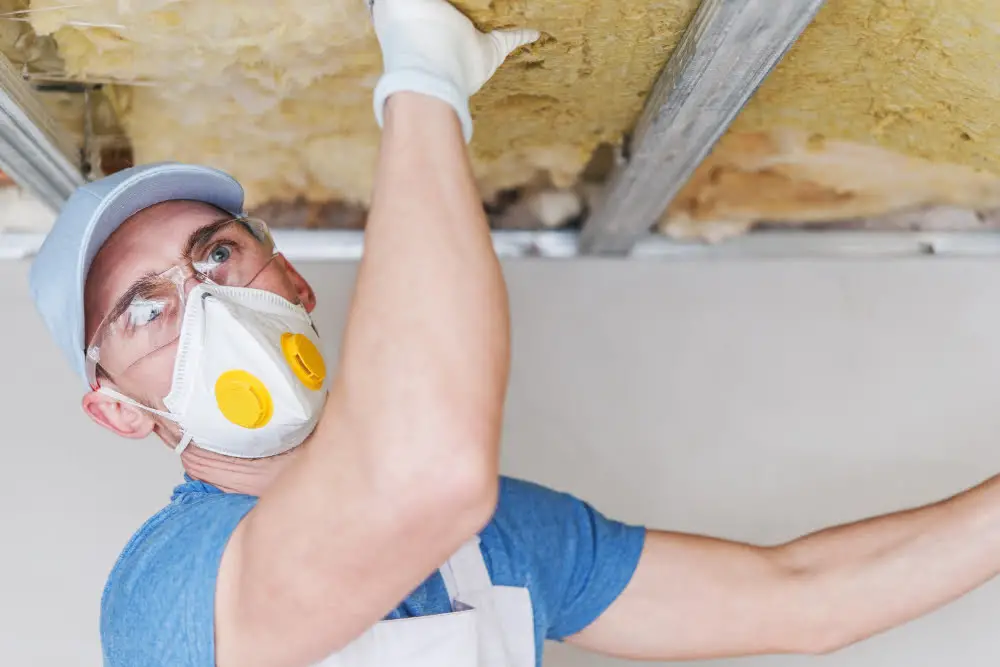Discover how spray foam insulation can enhance energy efficiency and durability in metal buildings.
Key takeaways:
- Closed-cell foam provides superior energy efficiency and structural integrity.
- It acts as a moisture barrier and provides sound insulation.
- Costs vary based on insulation type and thickness.
- Challenges include moisture trapping and thermal bridging.
- Best practices include surface preparation and proper application techniques.
What Is Spray Foam Insulation?
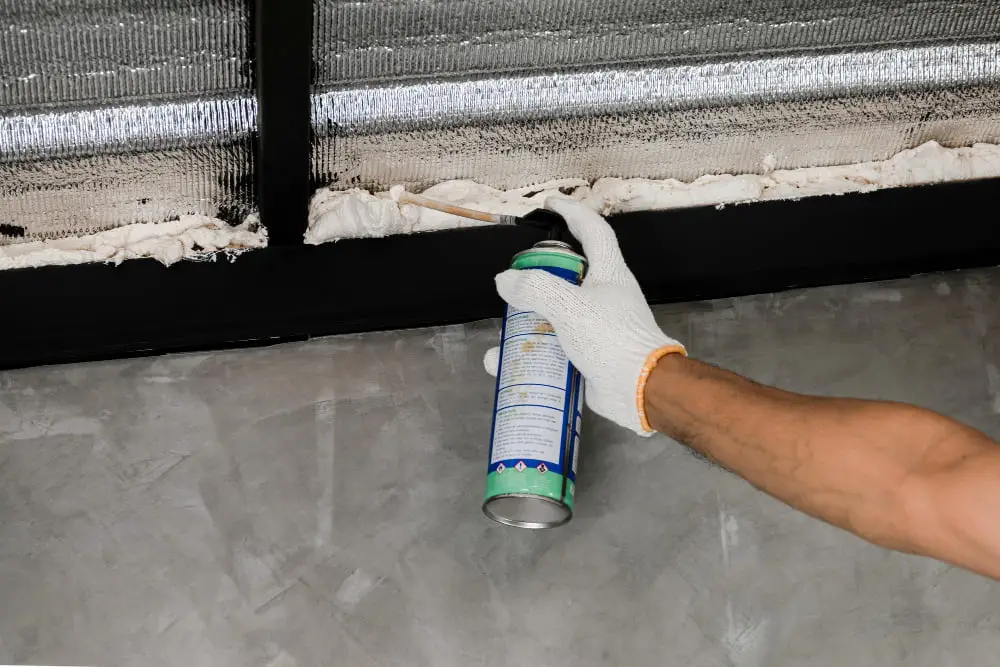
Spray foam insulation, technically known as Spray Polyurethane Foam (SPF), is a two-component mixture composed of isocyanate and polyol resin. When combined, these substances react to expand and harden, forming a durable insulating layer. There are two main types:
- Open-cell spray foam: Less dense, with a sponge-like texture allowing for some air permeability. It typically provides a sound barrier and is more affordable than closed-cell foam.
- Closed-cell spray foam: More dense and offers a higher R-value per inch, meaning it provides better thermal resistance. It’s also moisture-resistant and adds structural strength to the building envelope.
SPF is applied on-site, expands to fill gaps, and can conform to all nooks and crannies, providing a continuous air barrier. This direct application offers a custom fit to the metal structure, significantly improving energy efficiency and reducing air and moisture infiltration.
Benefits of Closed Cell Spray Foam Insulation in a Metal Building
Closed-cell spray foam insulation provides superior energy efficiency, ensuring that heated or cooled air remains inside the structure, reducing the burden on HVAC systems and energy expenditures. Its comprehensive coverage seals nooks, crannies, and joins where air leaks typically occur, leading to a more uniform temperature throughout.
This type of insulation also adds structural integrity to metal buildings. The density of closed-cell foam can contribute to the overall strength of the walls, offering additional support against wind and pressure loads.
Additionally, closed-cell foam is moisture-resistant, an essential feature for metal structures that may be prone to condensation and rust. By creating an impenetrable barrier, it guards against mold growth and corrosion, prolonging the life of the building.
The insulation’s sound dampening properties also create a quieter indoor environment, minimizing the transmission of noise from external sources and between rooms, an important factor for workspaces and residential buildings alike.
Lastly, the material’s versatility allows it to be applied to a variety of surfaces and in different thicknesses, catering to bespoke insulation needs and helping to maintain aesthetics without the need for extensive retrofitting.
Costs of Spray Foam Insulation
When investing in spray foam insulation for metal buildings, it’s crucial to consider the upfront cost against potential long-term savings. The initial price is influenced by factors such as insulation thickness, the type of foam (open or closed cell), the size of the space, and labor expenses.
On average, closed-cell spray foam insulation costs between $1.00 to $1.50 per board foot, while open-cell foam is typically around $0.44 to $0.65 per board foot.
For a precise cost estimate, calculate the total board footage (length x width x depth of the space to be insulated) and multiply by the cost per board foot. Remember that closed-cell foam, while more expensive, offers a higher R-value per inch, providing better thermal resistance and potential energy savings over time. Additionally, consider the potential for spray foam to act as a moisture barrier, contributing to the overall integrity and durability of the metal building.
Contractor selection can also impact the cost; reputable and experienced contractors may charge more, but often deliver higher quality work that ensures maximum effectiveness and efficiency of the insulation. It’s advisable to request multiple bids and check references before making a decision.
Keep in mind that costs may vary by region and market conditions, so it’s important to research and obtain current pricing in your specific area.
Problems With Spray Foam in Metal Buildings and Pole Barns
Spray foam insulation’s adhesive qualities, which create a strong bond with metal surfaces, can also lead to challenges:
- Moisture Trapping: If not properly installed, spray foam can trap moisture against the metal surface, leading to corrosion.
- Thermal Bridging: Without a comprehensive barrier, metal fasteners can create conduction pathways, undermining the insulation’s effectiveness.
- Over-spraying: Excess material may lead to wastage and additional costs if not controlled during application.
- Expansion and Contraction: Metal buildings expand and contract with temperature changes, potentially causing cracks in rigid foam insulation.
- Health and Safety: Improper handling during installation can pose health risks due to the release of chemicals. Adequate ventilation and protective equipment are essential.
Addressing these problems requires meticulous planning, precise installation, and an understanding of the specific properties of metal buildings and pole barns.
Best Practices for SPF Insulation On Metal Panels
Ensure proper surface preparation by cleaning the metal panels to remove any dust, dirt, or oils, which can inhibit the insulation’s adhesion and effectiveness. Use appropriate cleaners and follow manufacturers’ recommendations.
Control indoor humidity and temperature during application. These factors can impact the foam’s expansion and curing process. Ideally, the environment should be kept at a consistent temperature recommended by the product manufacturer.
Apply a thermal barrier or ignition barrier when using spray foam insulation in an area that will be occupied by people or will contain ignition sources. Building codes often require these barriers for safety.
Account for the high R-value per inch of closed-cell spray foam. This efficiency in insulation can allow for thinner applications while still achieving desired thermal resistance. Design systems accordingly, considering the maximum thickness the foam should be applied in one pass.
Mind the expansion of the foam. When spray foam is applied, it expands to fill cavities and crevices. Be aware of the expansion rate and ensure that it does not apply stress on the metal panels, which may cause deformity or damage.
Monitor the application technique closely. Uniform application without gaps or over-spray ensures proper coverage and insulation performance. Professional installation is highly recommended to achieve this precision.
Apply in multiple layers if necessary. For higher R-value requirements, let each layer cure before adding the next to avoid excessive heat buildup, which can affect foam structure and performance.
Integrate with other building systems. Consider how spray foam interacts with electrical, plumbing, and HVAC systems. It should complement the building’s overall design, not impede maintenance or upgrades to these systems.
Respect the manufacturer’s recommendations for cure times before enclosing or covering the insulation with interior finishes. Premature enclosure can trap moisture and lead to issues with the foam or metal panels.
Regularly inspect sprayed areas for uniformity and adherence to safety standards. Post-installation inspections can identify potential problems early, ensuring the longevity and effectiveness of the insulation.
Recap
